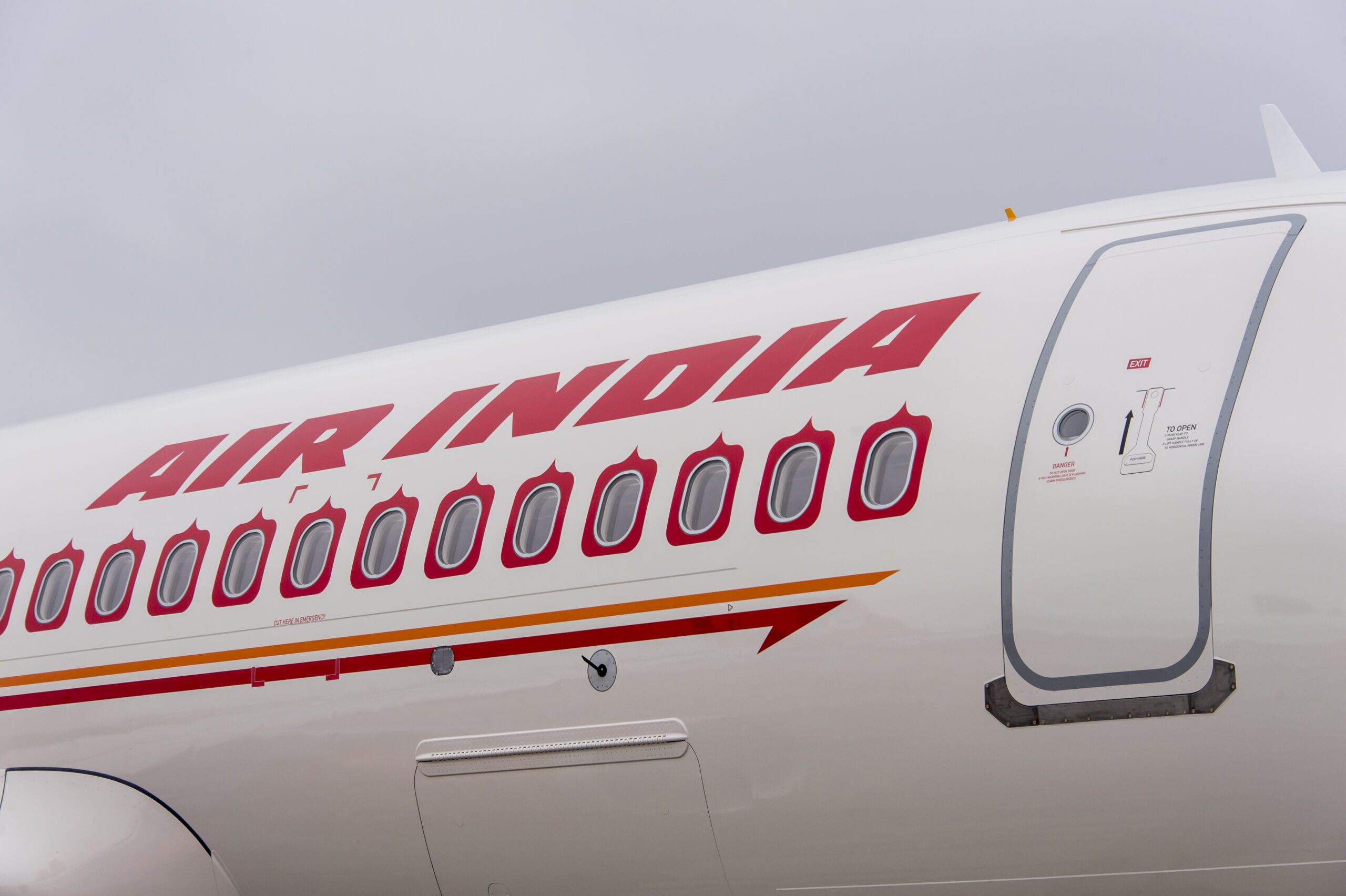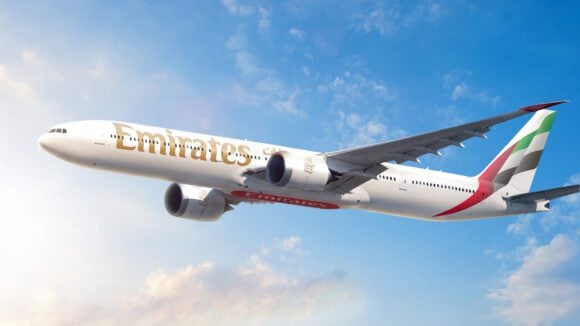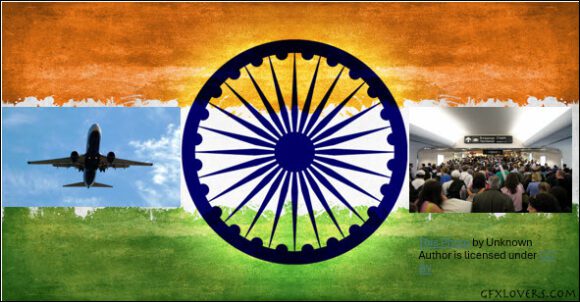
A320 Air India 1 scaled
It couldn’t have come at a worse time for Indian aviation: a crash of this magnitude, just as the sector was soaring, with hundreds of aircraft on order, steady traffic growth, new route launches, and a global airline summit returning to India after over four decades this month.
The crash of Air India Flight 171 in Ahmedabad — a Boeing 787 headed to London Gatwick, killing 260 — has plunged the industry into a state of collective mourning. The airline’s social media handles turned black, and many employees, including those disillusioned by the merger’s aftermath, are still struggling to come to terms with the tragedy.
What sets this crash apart is that, unlike the two previous fatal accidents in the last two decades — both involving Air India Express and Boeing 737s at critical tabletop runways in Mangalore and Calicut — this one involves the full-service, legacy Air India. Unlike the low-cost subsidiary which was pulled up in investigation reports later on handling of pilot rosters among other things, the parent airline has long been known for experienced pilots who often stay with the airline till retirement, minimal expat hiring, and a reputation for safety despite product and service shortcomings during years of state control till 2021. Ahmedabad airport is also not a critical airport, and the Tata Group and Singapore Airlines took over the reins of Air India in 2022.
That confidence has now been shaken. Whether the fault lies with the airline, Boeing, or an unforeseen systems failure will only be known after investigators, from India, the UK (as there were British nationals onboard), and the U.S. National Transportation Safety Board, among others, analyze the black boxes, now recovered from the crash site.
Significantly, this time, the Indian government has constituted two separate committees: one to probe the cause of the accident, and another — a high-level panel not led by the aviation ministry but by the home secretary —to focus on “formulating Standard Operating Procedures for preventing such occurrences in the future”. That move alone signals the seriousness with which this crash is being treated and marks a departure from how past accidents were handled.
Boeing, which is already under scrutiny from the FAA and whistleblowers for poor production values, including on the 787, is facing intense pushback in India. When a viral video from a YouTuber who is also a Boeing 777 pilot initially blamed pilot error, suggesting one may have mistakenly retracted the flaps instead of the landing gear, he was trolled hard by dozens of pilots and air safety experts. In a subsequent video, he revised his theory saying after closer examination of video footage revealed the deployment of the Ram Air Turbine (RAT) — a small propeller that automatically deploys only when the aircraft loses power. In effect, did both engines shut down? That detail raised fresh questions about a possible systemic failure.
The Boeing CEO, Kelly Ortberg, canceled his appearance at the Paris Airshow.
Air India, too, will need to look inward to close any gaps that led to this disaster. The merger of Air India, Vistara, and AirAsia India has created cultural and operational complexity that some insiders say has led to a chilling effect on safety reporting.
“A number of pilots, including senior ones, are unhappy as they, ironically, no longer feel safe about reporting safety issues for fear of losing their jobs,” The Times of India noted in an editorial page piece Monday. “They allege a shift in culture where an app or email is where all concerns must be lodged — an impersonal format that may or may not elicit a response. Many who for years managed to run safe, if not comfortable or punctual, wide-body operations feel their voice is lost in the wave of new money and new managers.”
Still, regulatory officials say, it is hard to believe that any engineer would knowingly sign off on a plane whose airworthiness is questionable. Nor will a pilot accept such a flight.
Even as all this is processed, what cannot be recovered now are the lives lost.
Those final words of the cockpit crew — “Thrust not achieved… falling… Mayday! Mayday! Mayday” — will haunt not only the families of the deceased but also Boeing, Air India, and Indian aviation for a long time.
Views: 104



